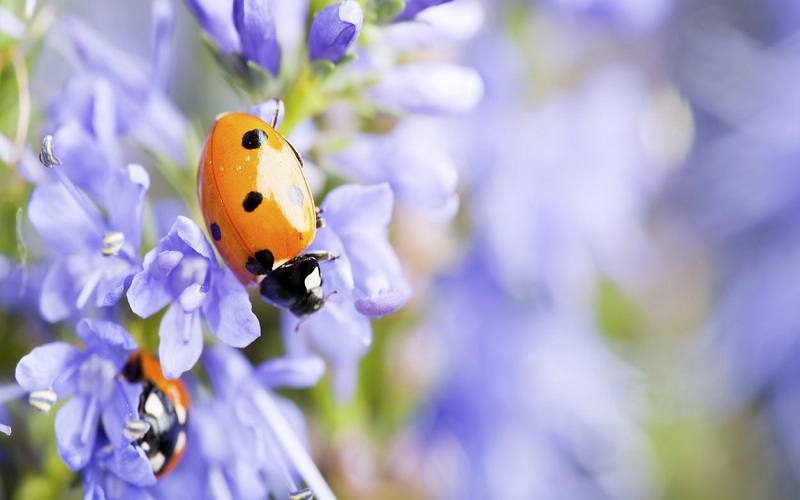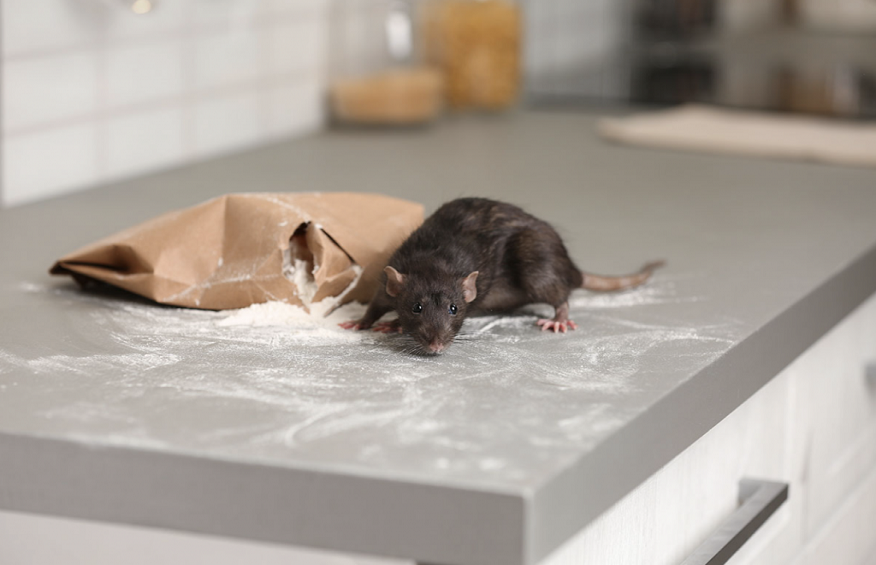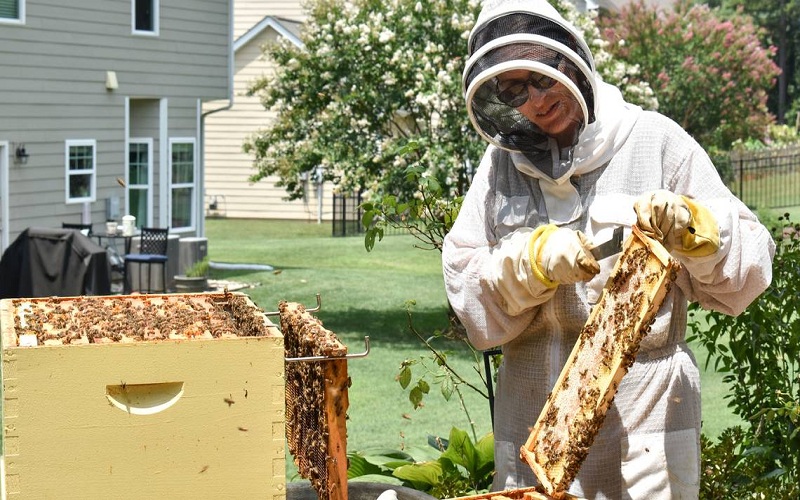If you love gardening and landscaping, you could find yourself fighting off insects and other pests in the summer and spring in order to keep your plants healthy. Yes, you can always get the bugs taken care of for you by contacting an experienced pest control service like Pointe Pest Control. However, would it not be amazing if you could predict when and how these bugs will spread and start an attack? Pest control professionals recommend getting basic knowledge about garden pests and bugs before trying to get into your green thumb.
How to Protect Your Lawn From Spring Pests:
You must know which pests to watch out for to prevent them. Pests can ruin all of your hard work, but some, like worms, butterflies, spiders, and bees, are indicators of a healthy garden. Try to ensure these pests only develop a taste for your grown crops after they do if you want them to fill your family’s plate throughout the entire season.
Eliminating Squash Bugs.
Squash bugs eat by piercing vines with their mouths and releasing a toxic substance into the plants. This causes the plants to give up all of their moisture and turn black. After they have finished the vines, they go on to the leaves, where they create yellow patches that eventually turn brown and wilt.
Avoiding Squash Bug Infestation –
- Sufficient Watering and Fertilization
- Nymphs are much simpler to remove from plants than adults, so keep an eye out for those.
- Nymphs and adults can be removed by taking them from your plants and immersing them in soapy water.
- Crush eggs are hidden under leaves.
- By putting bits of cardboard or newspaper next to your plants overnight, you can create a trap. Grab the traps in the early morning and destroy them.
Eliminating Striped Flea beetles.
Striped feal beetles cause the most damage when they emerge in the spring from their winter hideouts among rubbish in and around farms to feast on saplings and young plants. While larvae consume roots for food, adults cause the most damage by piercing tiny holes in leaves and stems.
Avoiding striped flea beetles –
- Continuously check your plants for any damage.
- Organize your garden by applying yellow sticky traps
- In the unlikely scenario that a plant has more than five flea beetles, treat the seedlings.
Use row covers.
A physical barrier such as row covers will keep pests out of your plants. They are designed to keep pests out while allowing light and water to reach the plants. You will have to uncover your plants after they grow in order to enable pollination.
Attract beneficial insects –
Some insects protect your plants. Ladybugs and lacewings are examples of beneficial insects that eat harmful plant pests. These helpful bugs get drawn to certain plants. Consider adding dill, sweet alyssum, and yarrow to your garden.
Rotate crops.
Garden pests seek out quick and convenient food supplies. Bugs know where to go when you place the same plants in your yard every year. Pests get confused when crops rotate yearly. Replanting in the same area is not recommended, especially if an infestation was solved the year before. Furthermore, you must arrange your plants so that various types lie next to one another.
Use pre-emergent herbicides.
You can use pre-emergent herbicides in the initial days of the spring; you can prevent herbs like dandelions and crabgrass from creating germs. You must choose an herbicide that is made for your problems.
Use insecticidal soap sprays.
Using an insecticidal spray made out of soap, you can have control over early insects like chinch bugs, sod webworms, and billbugs that damage lawns from




